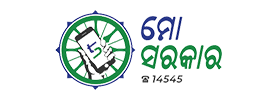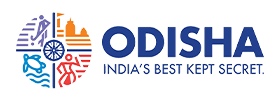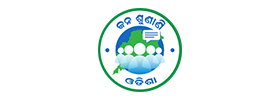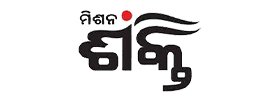In many occasions it has been found that the people are not availing the health services due to ignorance, poor connectivity, not so effective referral system in hard to reach areas and most importantly literacy factor.
Present Health Scenario and Socio Economic Status:-
Rayagada is predominantly a Tribal district with 88% population belonging to tribal population. The literacy rate of the district is only 56% which is a biggest challenge in communicating the health messages to the communities.
Out of 11 blocks, 5 blocks are having Primitive Vulnerable Tribal Groups. The socio economic scenario of the community is a challenging task.
The following are the challenges in reaching the health services in view of the geographical situation and socio economic factor of the district:-
Early marriage:- The NFHS-4, 2015-16 reveals that 34.4% of girls are married within 18 years of age and give birth of low birth weight baby they themselves being high risk pregnancies . More than 50% of women are anaemic.
Women literacy:- Only 35.3% of women are literate which clearly indicates that the understanding of the women about their health need is very minimal.
Spacing method:- Only 44.5% of women are opting for spacing method which indicates that more eligible couple are having more than 2 children. 53% of the eligible couple are having more than 2 children. (Ec having more than 2 children = 82895 and total Ec is = 155535).
Institutional delivery:- 817 villages / hamlets out of 3234 villages / hamlets are hard to reach villages / hamlets. The maximum villages / hamlets are situated in Muniguda, Chandrapur, K.Singhpur and Kashipur blocks hence the institutional of these blocks are less.
Seasonal cut off:- 162 villages / hamlets out of 817 villages / hamlets are having seasonal cut-off. The maximum villages of these are situated in Kashipur, Muniguda and K.Singhpur. Hence, all the pregnant women of these villages are considered as geographical high risk and to be brought to the service points before the cut-off period.
Blind belief:- Due to low literacy rate in the district i.e. 56% and still lower in extremely interior villages, the health seeking behaviour is very low. The Gunia, Dishari, Quack are at times provide health services and the people reach late in health facilities.
Less utilisation of existing programmes (Maa Gruha):- The main purpose of the Maa Gruha is to bring the pregnant women from the geographical high risk area prior to their date of delivery 8 Maa Gruhas established out of which 5 maa gruhas are at Muniguda, Chandrapur, Kashipur and K.Singhpur; having maximum seasonal cut off areas. 100% bed occupancy in these Maa Gruhas area is a big task.
Poor intake of nutritious diet among pregnant women:- around 15-20% pregnant women are severe anemia and 65% are moderate group among pregnant women due to lack of proper diet & nutritious food, which leads more complication in last stage of pregnancy.
Ongoing programme
National Health Mission Programmes:-
The existing programmes / interventions for the reduction of infant and maternal deaths in the state are:-
- Village health and nutrition day (VHND)
- Services for identification and treatment of STI/RTI among Ante-natal and Post-natal cases
- Comprehensive Abortion Care (CAC)
- Review of Maternal Deaths
- Screening of Syphilis and HIV in pregnant women
- Maternal Waiting Home
- Strengthening of First Referral Units (FRUs) and Delivery Points
- Implementation of Dakshata
- ANM mentoring
- Janani Surakhya Yojana
- Janani Sishu Surakhya Karyakrama
- Maternal & Child Health (MCH) wings
- Newborn care corners (NBCC)
- Newborn Stabilisation Unit (NBSU)
Odisha State Strategy for Accelerate Reduction:-
The Programme introduced by GoO broadly includes the following activities.
- Ante Natal period (identification, management and referral of high risk pregnancies
- Intra Natal period (improvement of quality services in LR & OT and prioritizing Red Card holders)
- Post Natal period (ensure 48 hours stay along with free entitlements as per JSSK norms)
- Care at birth for home deliveries
- Provision of community (baby kit) & Institution level (KMC)
- Strengthening community level care of children between 42 days to 1 year (through IMNCI)
- Strengthening institutions for paediatric care
- Screening, identification, referral and follow up of High Risk children (0-5 years)








